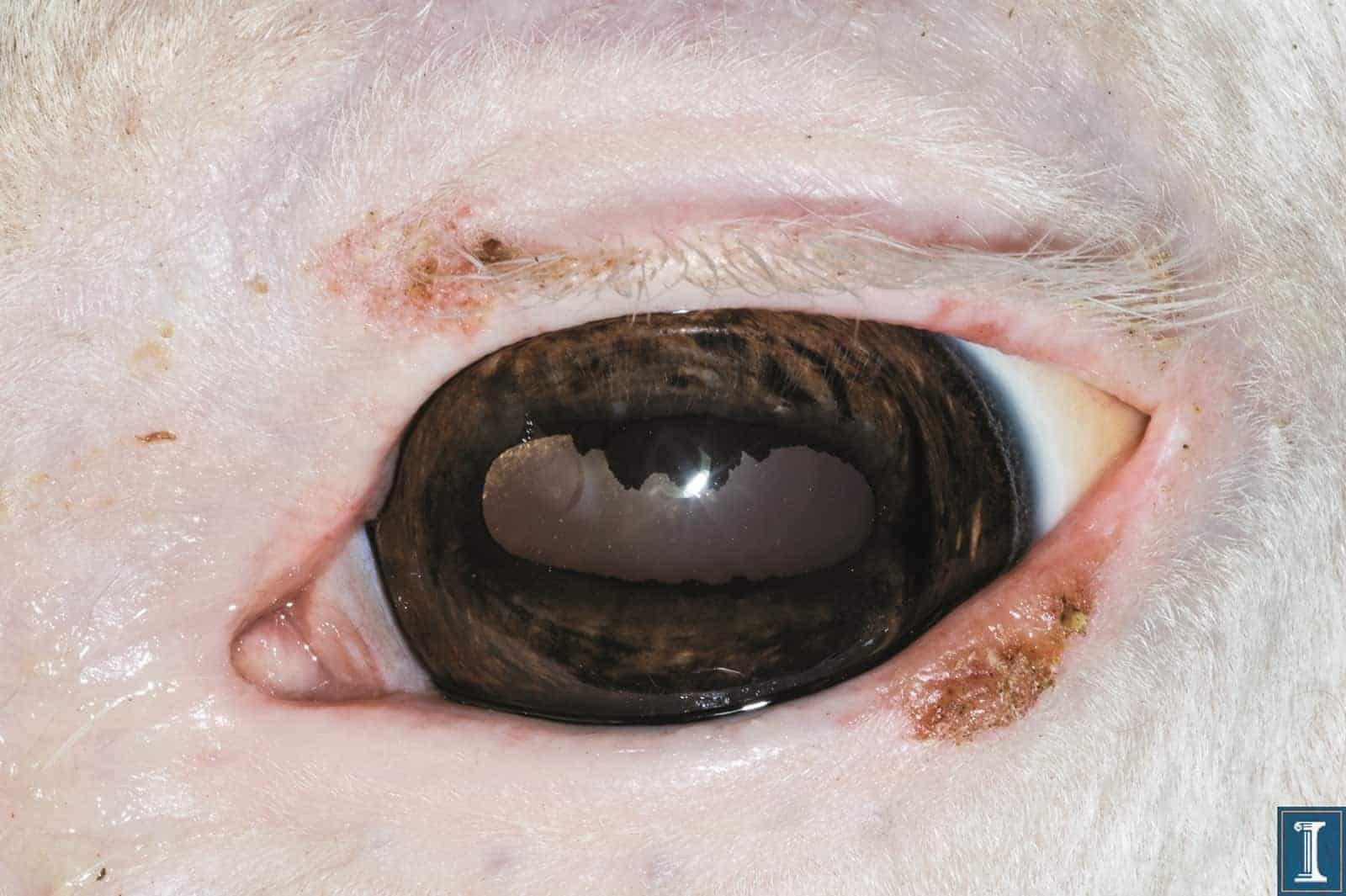Is Your Horse at Risk for Squamous Cell Carcinoma?

Squamous cell carcinoma (SCC), a type of skin cancer that commonly occurs on white-skinned areas of horses, can be difficult to treat. That’s why Leslie Easterwood, MA, DVM, a clinical assistant professor at the Texas A&M College of Veterinary Medicine & Biomedical Sciences, in College Station, said early detection and treatment are key.
She said SCC most commonly occurs at mucocutaneous junctions, such as the eyes, nose, sheath, vulva, and rectal sphincter. Although SCC has some genetic predispositions, sun exposure can also accelerate the disease.
Easterwood added that SCC also can develop if the horse has prolonged liver disease or if the horse has had a thermal (i.e., burn) injury. Long-term exposure to toxic plants can also increase the risk of liver dysfunction and, thus, lead to SCC on the affected white skin
Create a free account with TheHorse.com to view this content.
TheHorse.com is home to thousands of free articles about horse health care. In order to access some of our exclusive free content, you must be signed into TheHorse.com.
Start your free account today!
Already have an account?
and continue reading.
Written by:
Edited Press Release
Related Articles
Stay on top of the most recent Horse Health news with












